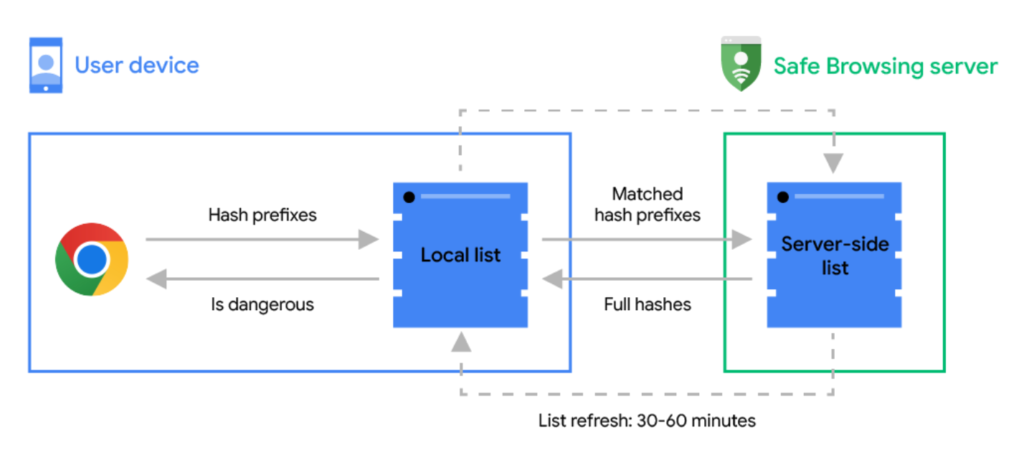Google Chrome’s Safe Browsing feature has long been a cornerstone of the browser’s security arsenal, providing users with vital protection against malicious URLs. In a significant upgrade, Google has introduced a groundbreaking enhancement to this feature — a real-time link scanning mechanism designed to safeguard user privacy while bolstering security measures. Unlike the traditional approach of directly querying Google’s servers for potential threats, this new protocol operates through an independently operated server, ensuring that user privacy remains paramount throughout the browsing experience.
In a recent blog post, Google unveiled the evolution of its Safe Browsing feature, highlighting the integration of a real-time protection protocol aimed at fortifying defenses against unsafe websites. While the existing ‘standard’ version of Safe Browsing continues to deliver robust threat detection capabilities, the introduction of an ‘enhanced’ version further raises the bar in combating specific threats that may evade conventional detection methods.
Previously, the standard Safe Browsing mode relied on a static list of known malicious websites, periodically updated and downloaded onto users’ devices. With this upgrade, Chrome now leverages a dynamic approach, seamlessly integrating real-time checks for potentially hazardous URLs via a third-party server infrastructure. This transformative shift not only enhances the efficacy of threat detection but also underscores Google’s unwavering commitment to safeguarding user privacy in an increasingly digitized landscape.
When a user accesses a website, Chrome initiates a multi-step process to ascertain its safety status. Initially, the browser consults its locally stored database of known malicious URLs. Should the website not feature in this repository, Chrome proceeds to conduct a real-time check, employing advanced encryption techniques to anonymize and protect user data throughout the querying process. By hashing, truncating, and encrypting URLs before transmission to a dedicated ‘privacy’ server operated by Fastly, Chrome ensures that user privacy remains sacrosanct while delivering real-time threat intelligence.

This innovative approach marks a significant milestone in Google’s ongoing efforts to fortify Chrome’s security infrastructure while upholding the principles of user privacy and data protection. As the digital landscape continues to evolve, Google remains at the forefront of innovation, empowering users with cutting-edge tools and technologies to navigate the online realm with confidence and peace of mind.



















